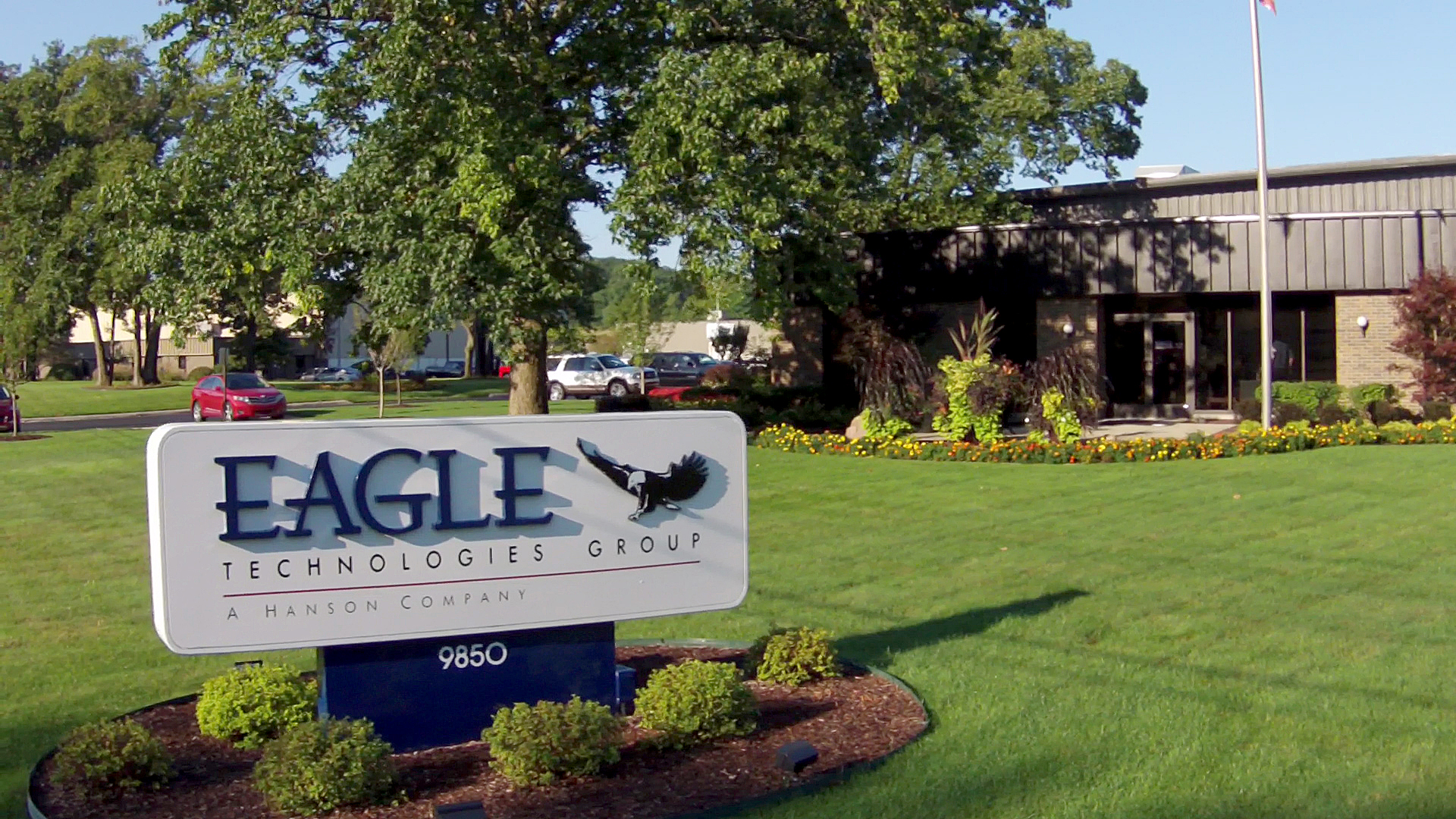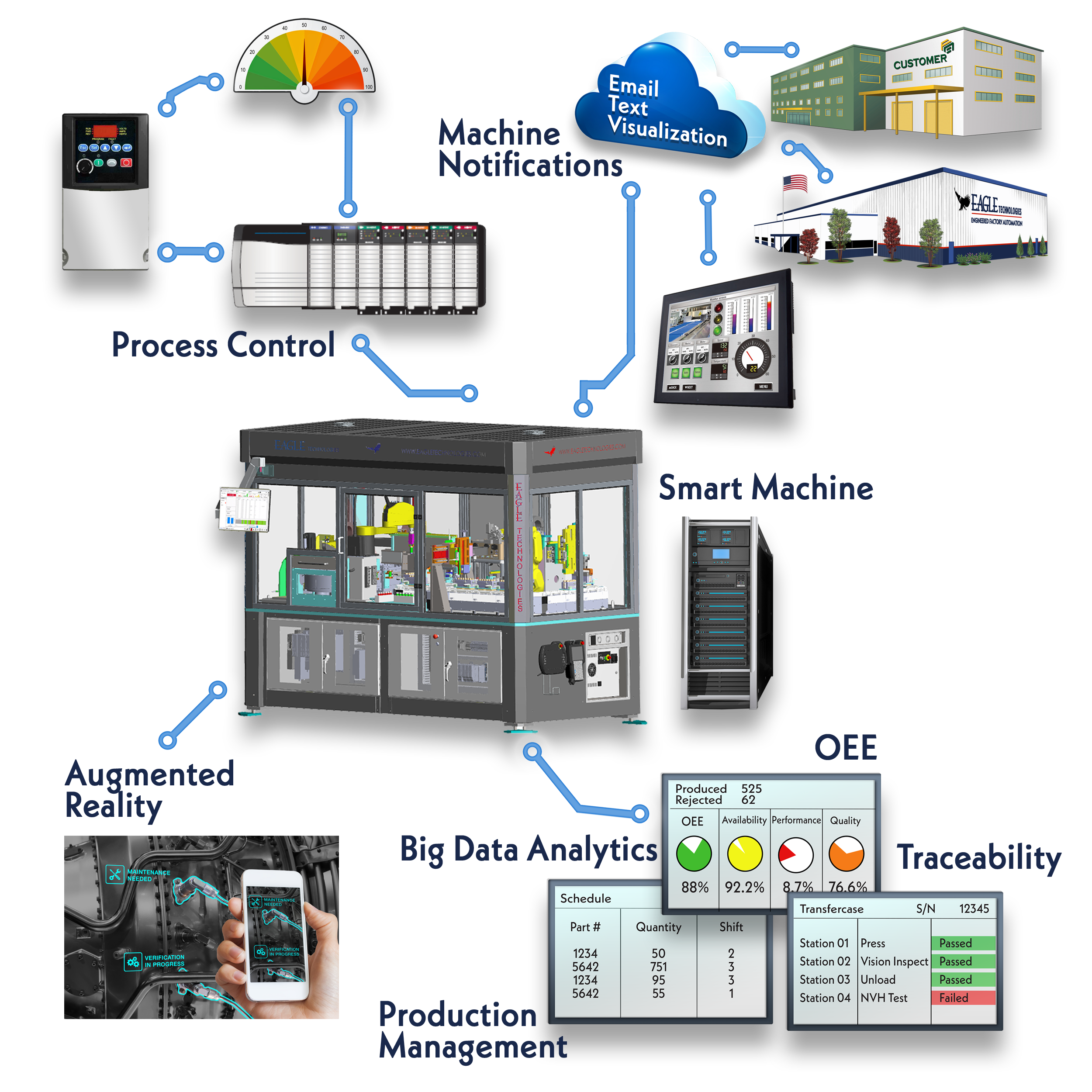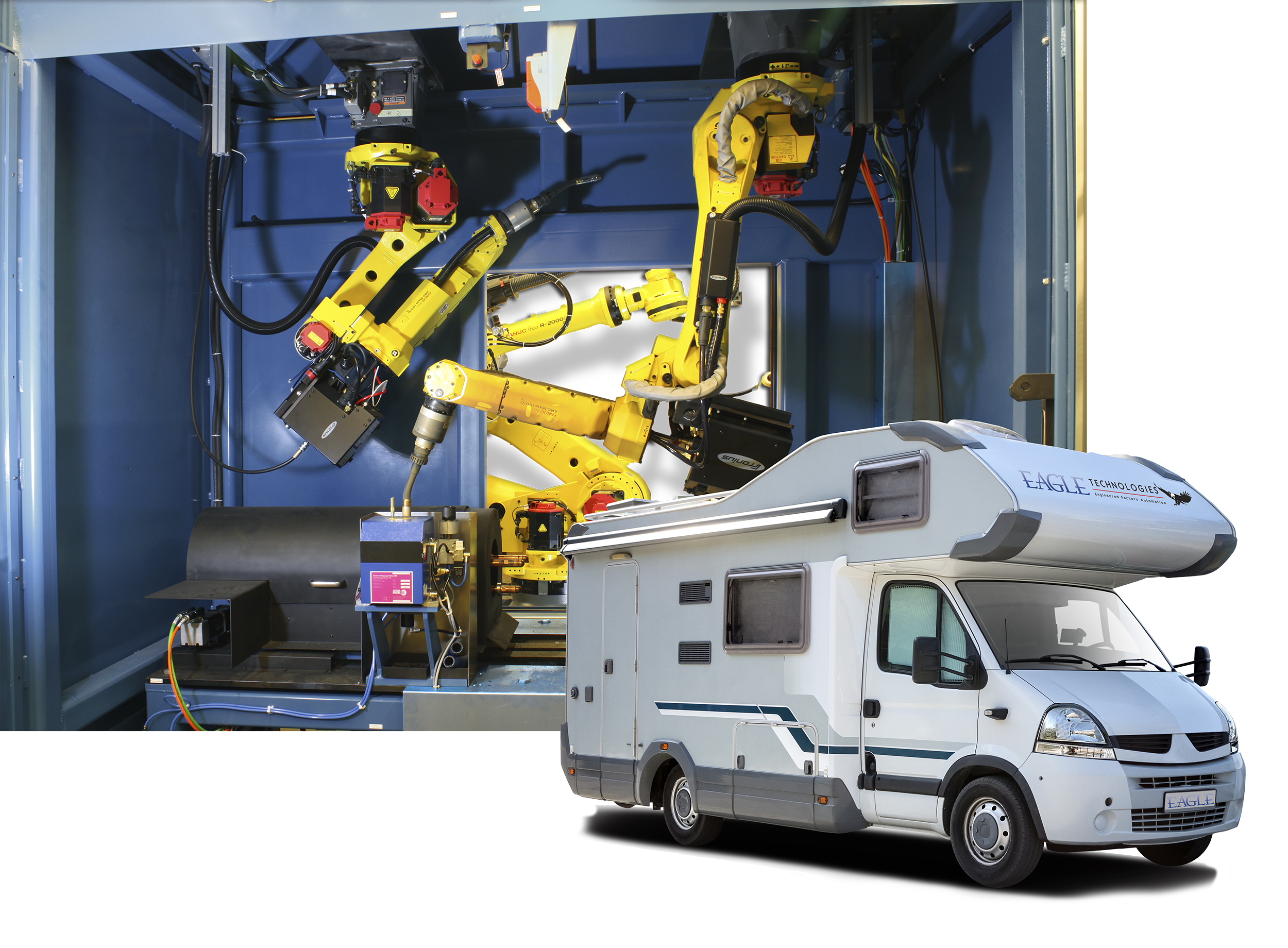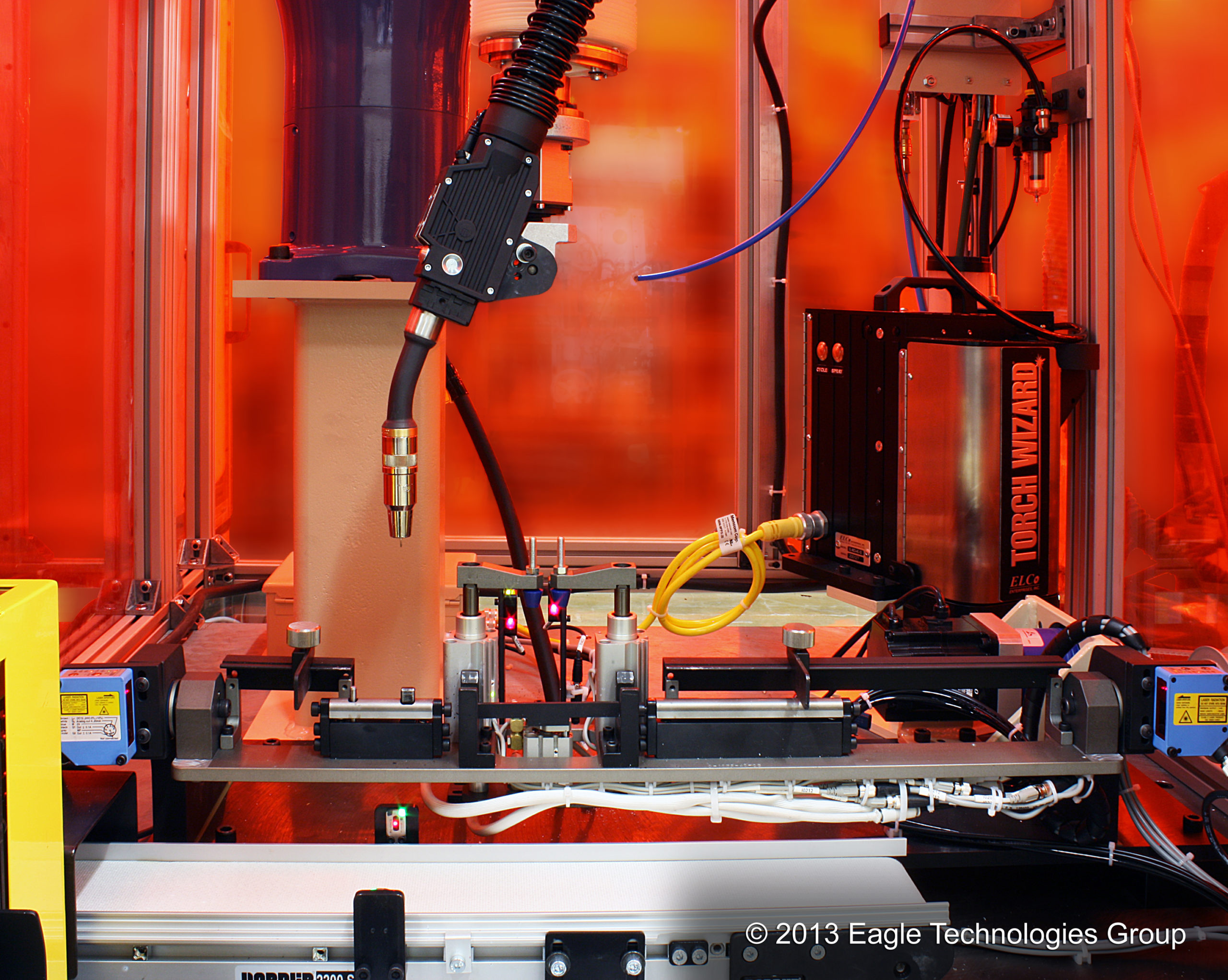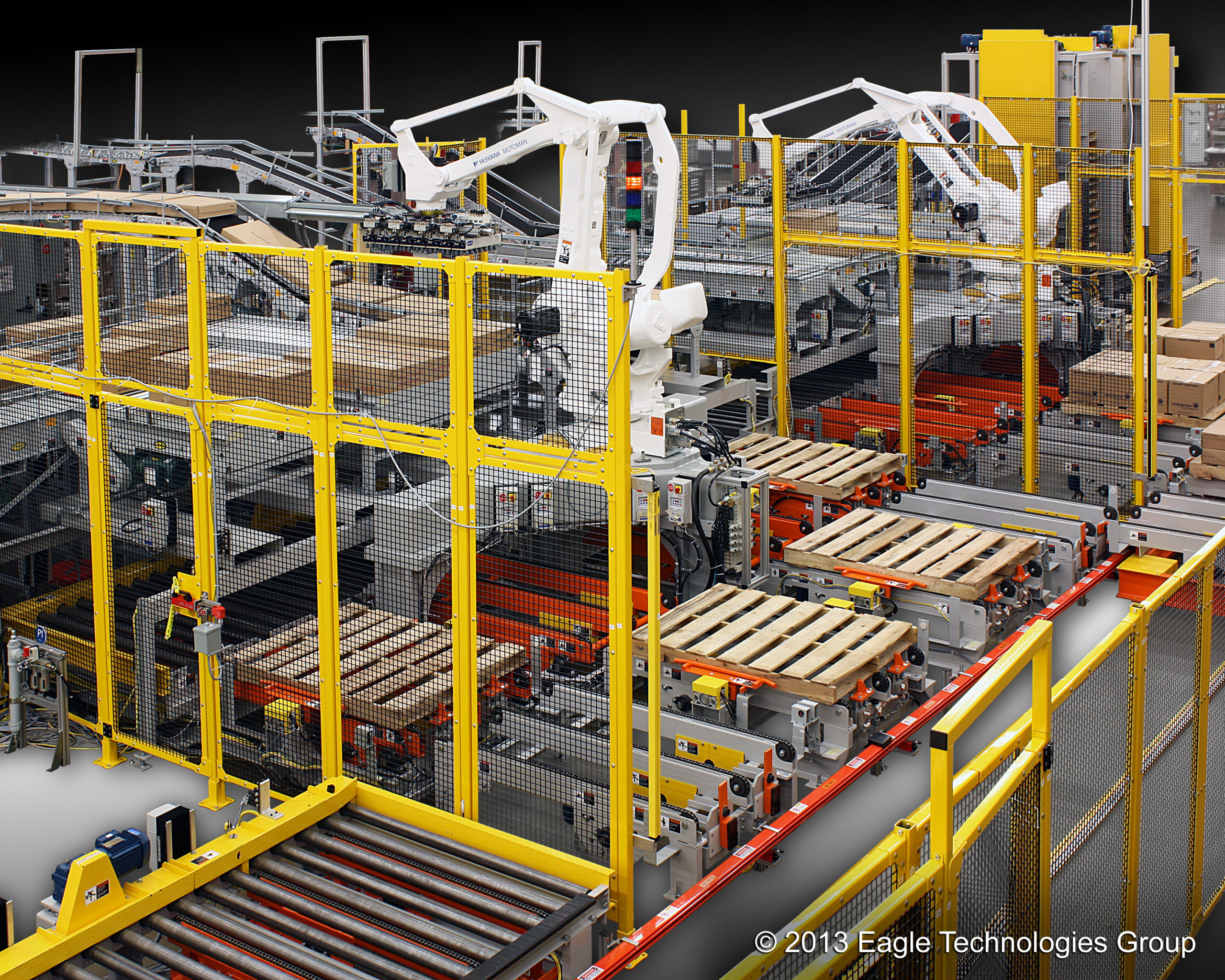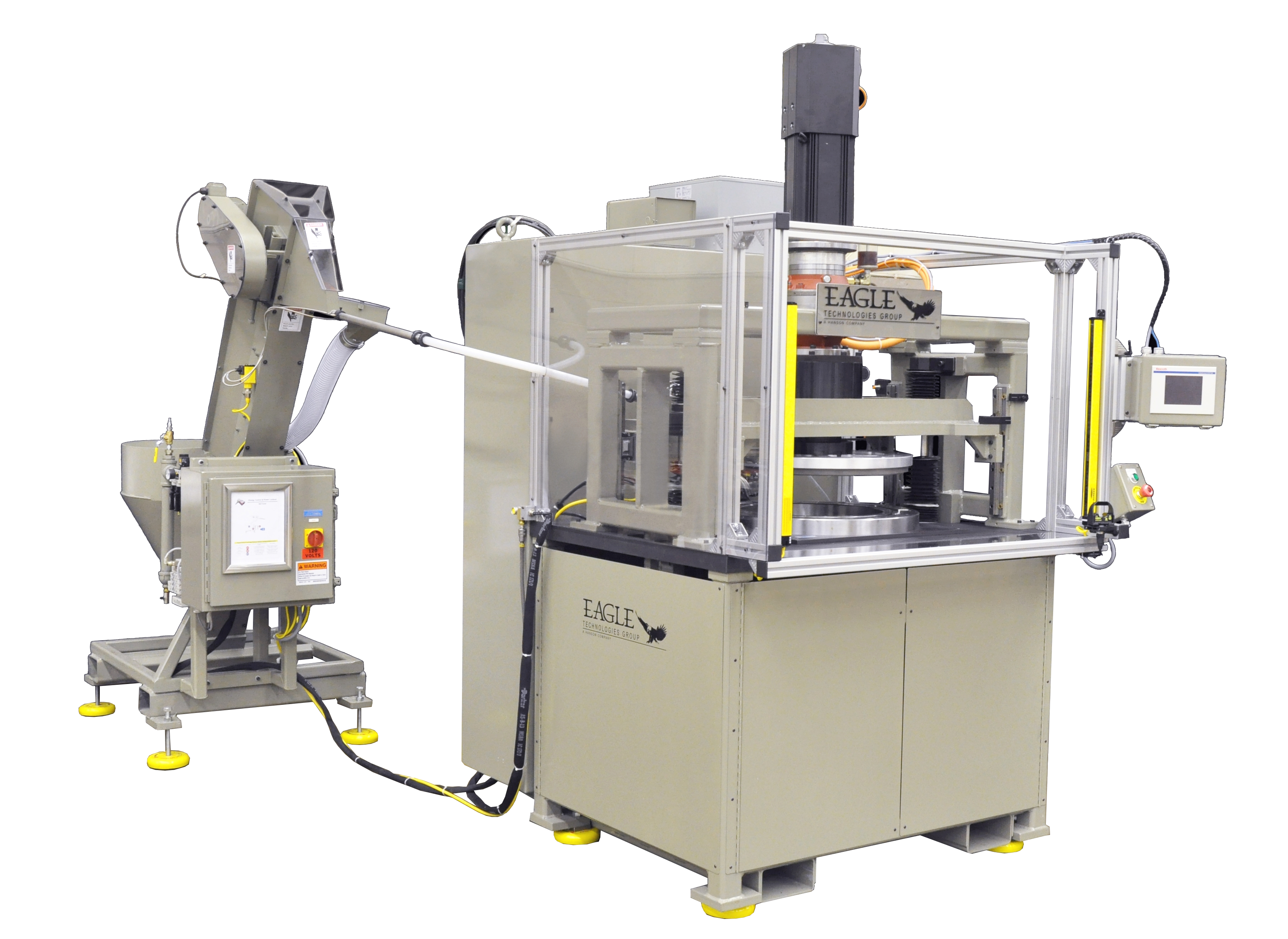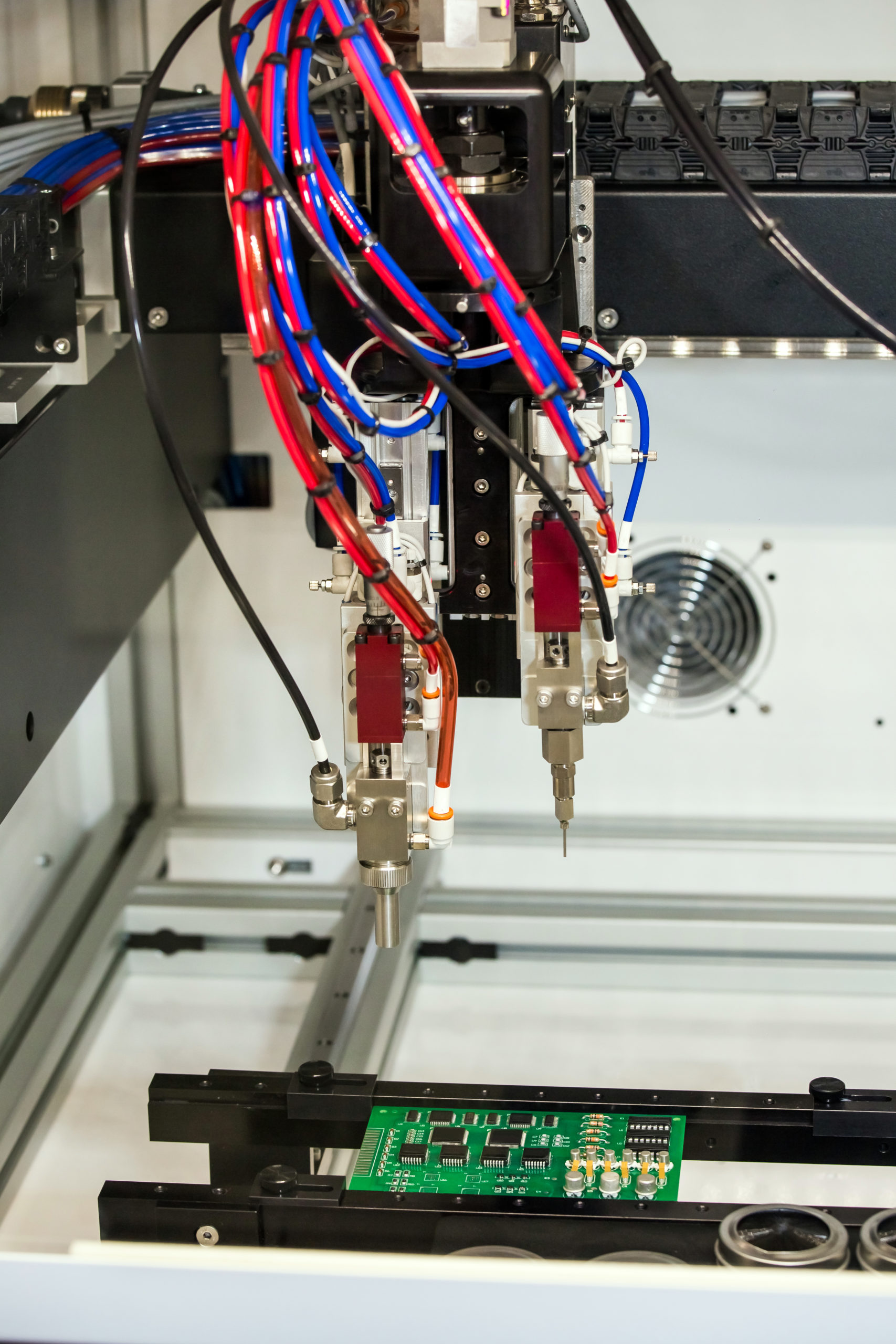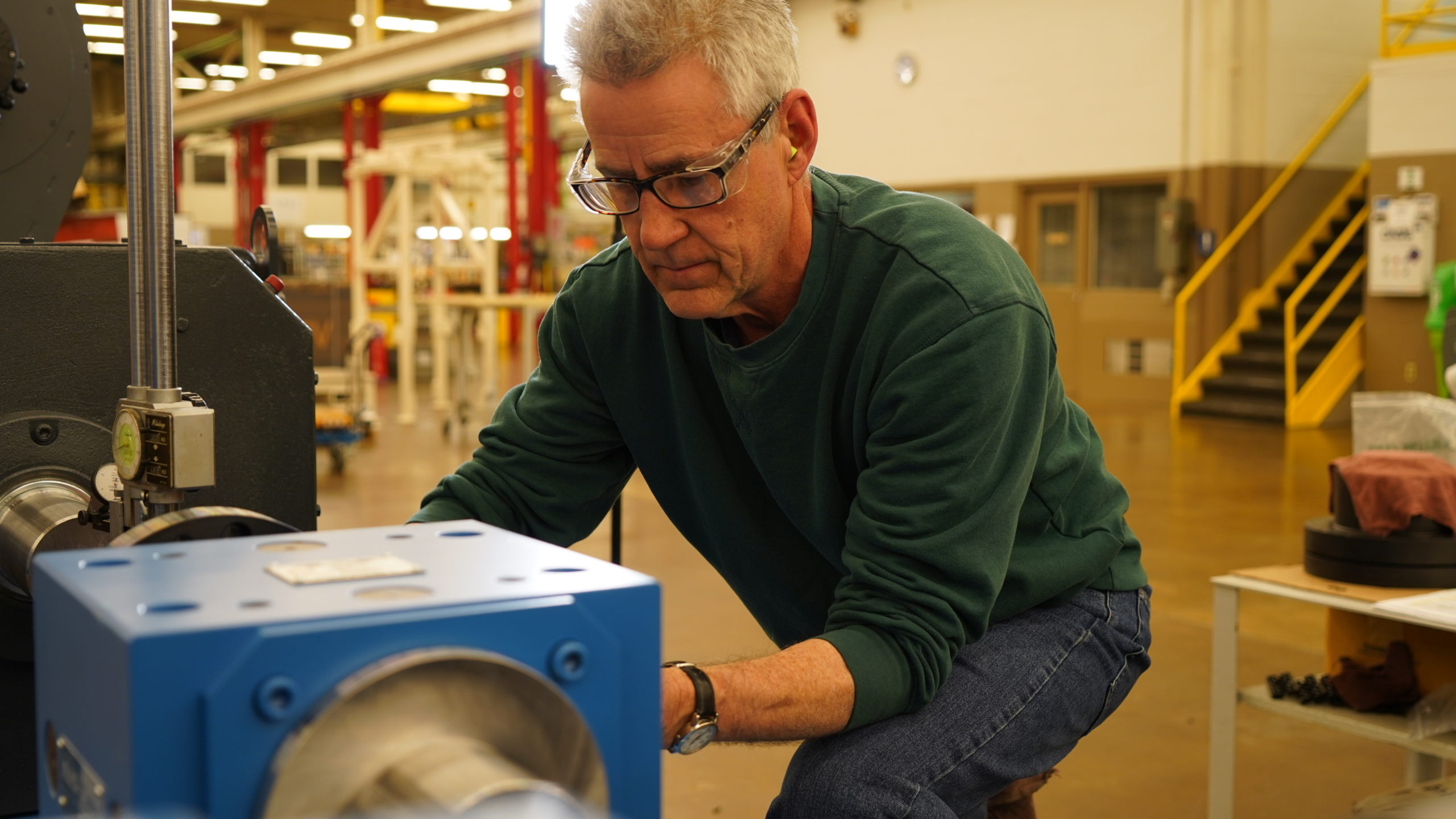4 Ways Factory Automation Improves Supply Chain Management
Although the Covid-19 pandemic ripple effect continues to disrupt global supply chains, factory automation mitigates many shortcomings. Since the onset of the Covid-19 pandemic, manufacturers worldwide have become acutely aware of the interconnectivity of supply chains. Shortages of critical supplies have exposed vulnerabilities that have shut down production centers, even as...

